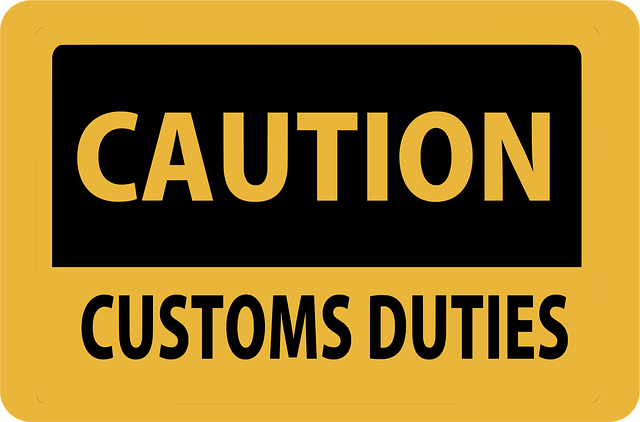Identifying and addressing inefficiencies in trucking operations is key to achieving Select DOT Compliance. By evaluating documentation, driver qualifications, and vehicle maintenance, businesses can streamline processes, reduce time delays, and ensure adherence to safety regulations. Technology implementation, such as fleet management software and integrated training programs, enhances efficiency and staff knowledge of DOT rules. Well-trained staff, clear communication, and monitoring systems are vital for maintaining high compliance standards.
Streamlining processes for Department of Transportation (DOT) approval is essential for any business navigating the complexities of select DOT compliance. This article guides you through a strategic approach to optimize your workflow, ensuring efficiency and accuracy. First, identify inefficiencies in current processes to pinpoint areas for improvement. Next, implement digital solutions designed for streamlined approval, leveraging technology to enhance speed and clarity. Finally, train staff and establish clear communication protocols to ensure everyone understands their role in the updated procedures.
- Identify Inefficiencies in Current Processes
- Implement Digital Solutions for Streamlined Approval
- Train Staff and Establish Clear Communication Protocols
Identify Inefficiencies in Current Processes

Identifying inefficiencies in current processes is a crucial step when it comes to streamlining operations for DOT (Department of Transportation) approval. Many companies within the trucking industry face challenges due to outdated practices and a lack of standardized procedures, leading to increased time delays and potential non-compliance with safety regulations. By thoroughly evaluating each stage of the process, businesses can pinpoint bottlenecks that cause dot fatigue management issues and hinder overall efficiency.
This involves assessing every aspect, from documentation and record-keeping to driver qualifications and vehicle maintenance. Once these inefficiencies are recognized, companies can implement targeted solutions, such as enhancing communication channels, digitizing records, and providing comprehensive DOT compliance training for staff. Adhering to safety regulations for the trucking industry is not just about meeting legal requirements but also ensuring a seamless and effective operational flow.
Implement Digital Solutions for Streamlined Approval

In today’s digital era, implementing technology is a game-changer for achieving efficient DOT compliance. One effective strategy is to adopt fleet management software solutions that digitize and streamline various processes. These tools allow for real-time tracking of vehicles, drivers, and their activities, ensuring adherence to Department of Transportation (DOT) regulations. By utilizing these digital solutions, transportation companies can automate tasks such as scheduling maintenance, managing driver logs, and processing paperwork, thereby reducing manual errors and saving valuable time.
Additionally, integrating transportation safety training programs into these software platforms can enhance overall compliance. These programs can be tailored to specific DOT requirements, ensuring drivers and staff receive up-to-date training on regulations like dot accident investigation procedures. Such comprehensive digital approaches not only simplify the approval process but also contribute to improved safety standards within the industry.
Train Staff and Establish Clear Communication Protocols

Effective DOT compliance requires a well-trained staff equipped with a comprehensive understanding of regulations and procedures. Organizations should prioritize regular training sessions to educate employees about the latest DOT rules, especially regarding commercial driver’s license (CDL) requirements and dot accident investigation procedures. This knowledge ensures that every team member can contribute to maintaining adherence throughout their daily operations.
Clear communication protocols are pivotal in this process. Establishing consistent channels of interaction facilitates efficient information exchange. Implementing driver performance monitoring systems enables real-time tracking, allowing managers to promptly address any deviations from the established guidelines. By fostering open dialogue and utilizing these tools, businesses can streamline their processes, reduce errors, and maintain a high level of DOT compliance.
By identifying inefficiencies, implementing digital solutions, and establishing clear communication protocols, organizations can significantly streamline the dot approval process. This not only enhances operational efficiency but also ensures meticulous record-keeping for optimal DOT compliance. Through these steps, businesses can navigate regulatory requirements with ease, fostering a safer and more productive work environment.
